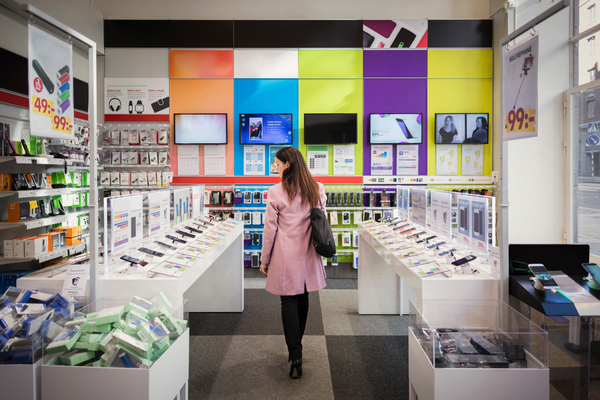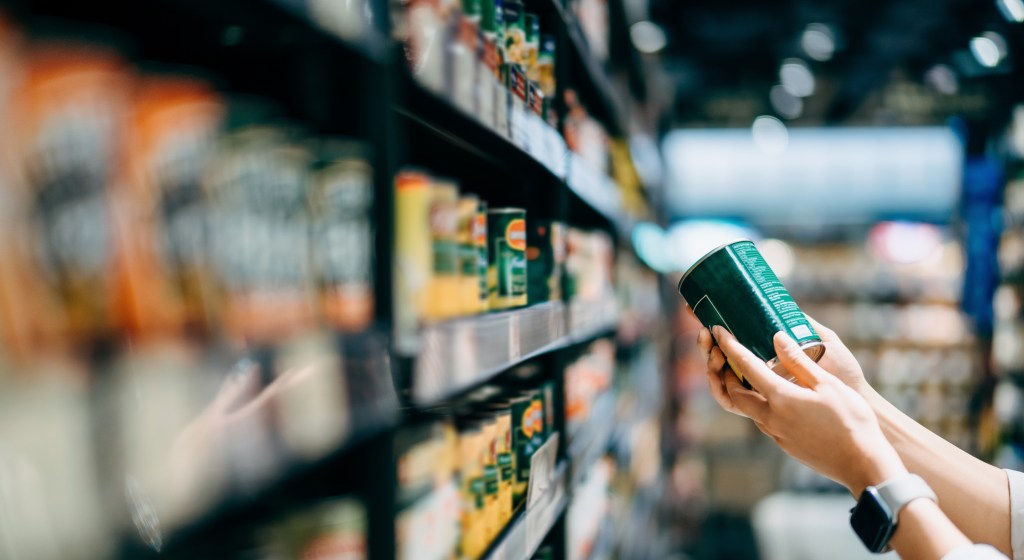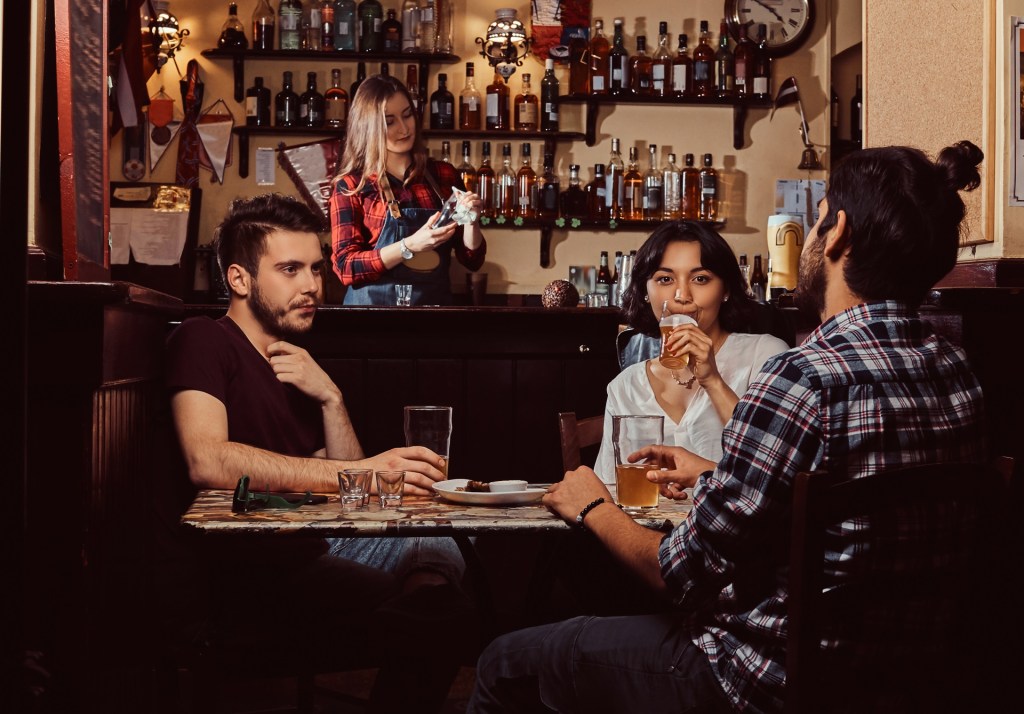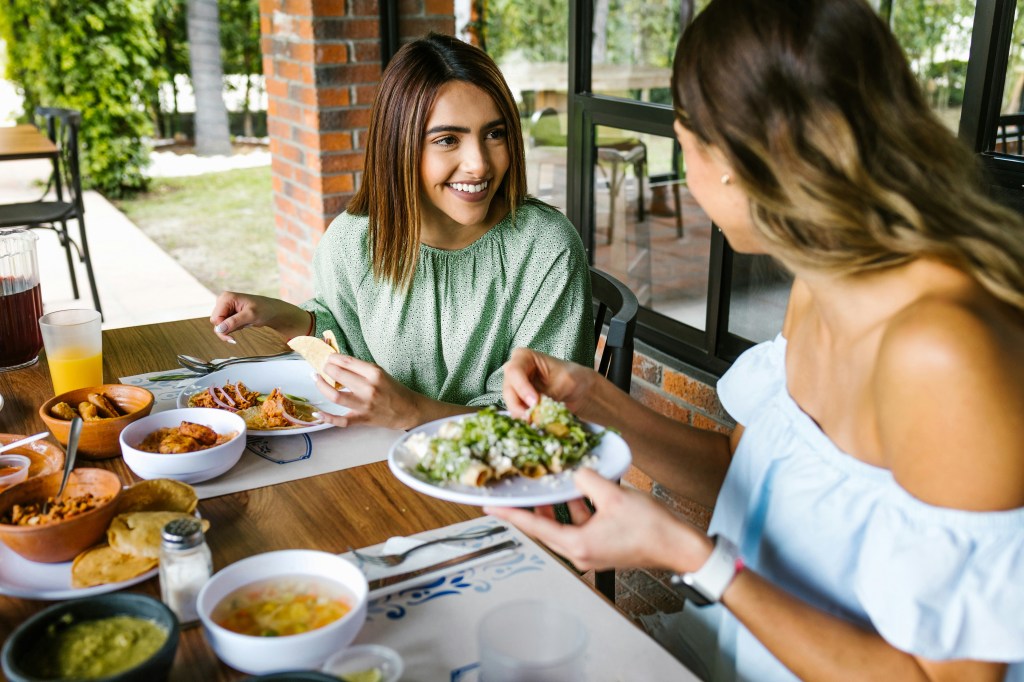How brands and retailers replicate the online shopping experience in-store
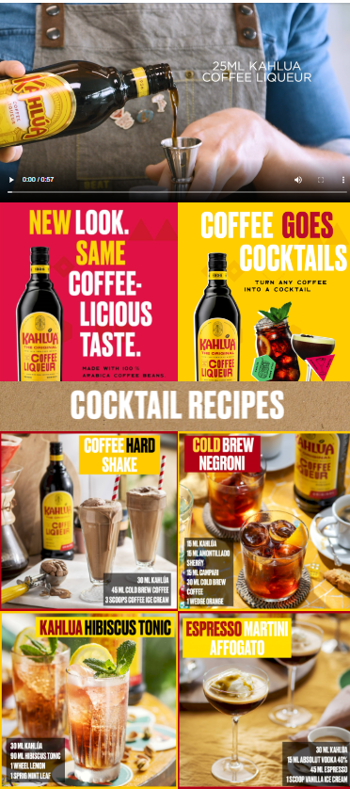
Kahlua’s rich media content on asda.com
The rapid growth of e-commerce has allowed online shopping to become an integral part of our lives. With limited packaging space and the high cost of in-store marketing, the online shopping experience has become a space for brands to tell their story differently and stand out from competitors.
In the early days of e-commerce, brands and retailers intended to bring the in-store experience online. With the development of digital channels, e-commerce offers more and more possibilities to customize the shopper experience. It now significantly influences and impacts in-store operations, creating a new dynamic between online and offline channels.
As e-commerce grows, new online possibilities for brands and retailers to improve the shopping experience have arisen. One is the ability to provide more digital product information through rich media elements on product pages. Retailers are also improving how shoppers look for and find products online, catering better to their preferences, diets, allergies, and lifestyles.
Many brands and retailers around the world have recognized the growth of digital. They are now facilitating access to in-store product information that would be easily available online for shoppers. Retailers are replicating the online experience and transitioning product information off-pack and into the surrounding physical store.
Adding this extra information is also a strategy brands use to get ahead in a competitive landscape. With the cost-of-living crisis, shoppers are more prone to buying private labels than ever before. And with so many channels and products to choose from, shopper loyalty can no longer be taken for granted. Brands must go the extra mile and fully engage with shoppers if they want their products to be noticed across all channels.
Branding increases on in-store shelves to curate a seamless omnichannel experience
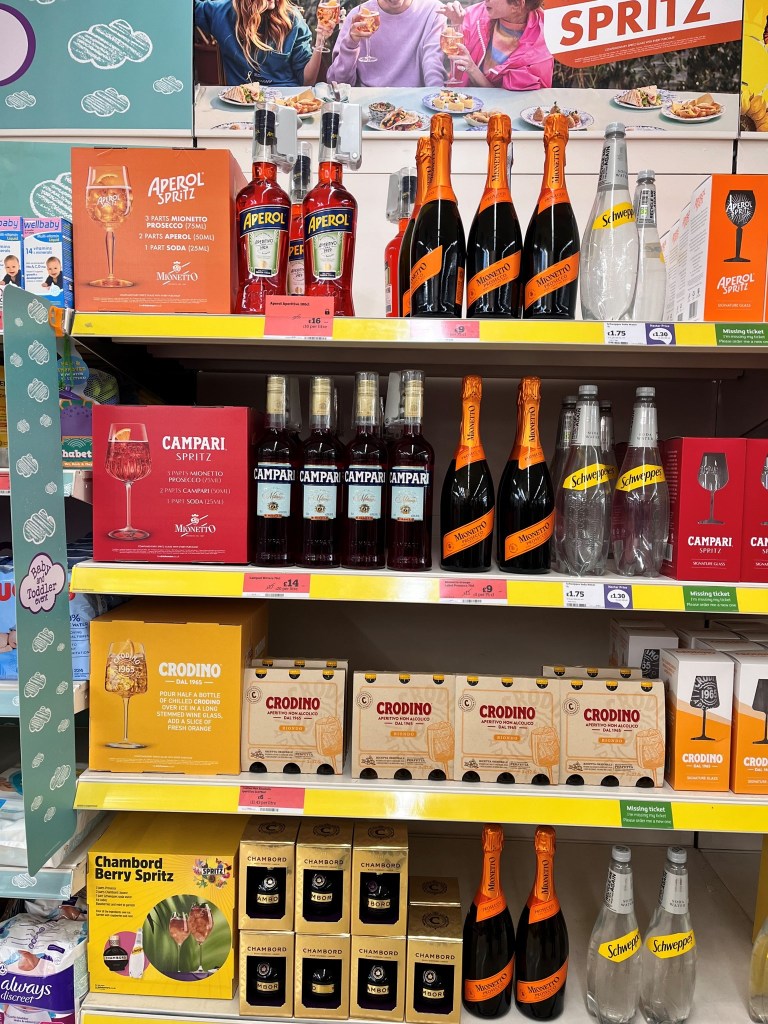
Physical modules with recipes on the shelves in a Sainsbury’s store, U.K.
Brands are now devoting more space for their marketing on traditional shelves, in shopping aisles, and at checkout lines. This helps their products stand out from competitors on the shelf and be more visible to shoppers. It also increases shopper engagement. The below example from Sainsbury’s in the U.K. shows a product shelf display at the front of the store with Campari alcoholic products. To the left of the shelf are branded box units or stands containing recipes for classic cocktails, and to the right the different ingredients of these cocktails are featured. For example, the top shelf features a recipe for a classic Aperol Spritz, complemented by bottles of Aperol, Prosecco, tonic water, and a special Aperol Spritz glass. This essentially curates a complete shopping experience for the in-store shopper, inspiring them at the point of discovery on the shelf with recipe cards and following through with available products and extras to meet their needs immediately and ease their journey to purchase.
While these boxes take up physical product space on the shelf, they supplement the shopping experience rather than simply adding extra product branding. They are reminiscent of rich media tiles (below-the-fold rich media or in carousel images) on digital product description pages. In this sense, Sainsbury’s has fully brought an online element into the physical store. To create a seamless omnichannel experience, brands like Campari could consider adding the in-store elements they’ve already created to their digital channels.
In-store promotions replicate the online experience of a promotional ad banner
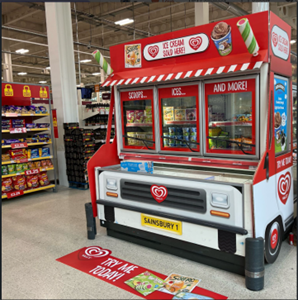
Physical branding highlighting Unilever’s HFSS-compliant product line, in a Sainsbury’s aisle, U.K.
Due to recent restrictions for high in saturated fat, salt, and sugar food (HFSS), the U.K. is in a somewhat tricky place with in-store product promotions. However, brands like Unilever have transformed physical store areas, enhancing the product experience while remaining compliant with HFSS regulations, as seen by their ice cream van display within a Sainsbury’s freezer aisle.
Unilever transformed the end of a freezer aisle into an ice cream van, drawing shoppers in to explore their product range, providing a whimsical and unique element to their otherwise normal shopping trip.
This kind of in-store promotion replicates the experience of a promotional ad banner that can be found when shopping online. As we enter the scorching heat of summer, this ice cream van is likely what many shoppers will be looking for. And knowing that this display is HFSS-compliant gives shoppers concerned with health peace of mind about their purchases.
Retail checkout lines are another location in-store that brands and retailers have utilized for their potential to replicate the online experience. While physical checkout lines can be frustrating for shoppers, e-commerce provides a high level of convenience thanks to digital checkout. Stores are looking to reduce the perceived wait time by engaging more with shoppers thanks to digital signage. Digital signs can display video and audio, which are better at capturing attention than a simple static image.
Digital signs are also used in different ways in-store, such as directly in the aisles. They are a way to replicate the online experience of being on a product page and seeing other sponsored products.
Digital screens sponsoring a Nutella product in an Auchan’s store, France

In-store retailers replicate online product recommendations and filters in creative ways

In-store marketing in an Albert Heijn store, Netherlands
Retailers like Albert Heijn in the Netherlands are also replicating product sponsoring and recommendations in creative ways. The example below shows an ad on the floor sponsoring a specific ham product just below the bread shelf. The ham will be found somewhere else in the shop, but this floor banner acts as a product recommendation, inspiring the shopper and helping them with some product discovery for their sandwiches. This is a great example of utilizing other areas of the store to promote products that complement each other, replicating the “have you tried” or “other shoppers bought” features you can find during the online shopping experience.
In-store aisles can quickly become overwhelming when searching for a specific product or category, discouraging shoppers looking for efficiency with pre-planned purchases. These shoppers are also often the ones who have dietary needs, allergies, or are making specific lifestyle choices. These shoppers will be even more frustrated if they can’t easily find what they are looking for.
On the other hand, with proper labeling and filters, online shopping can quickly display the right products to the right shoppers. Online faceted search filters aid shoppers that are looking for a specific product. In an attempt to replicate this experience, stores like Sainsbury’s in the U.K. have begun to add shelf-edge banners that identify specific categories that appeal to shoppers.
For example, they have separated some yogurt products into different categories: Gut Health Support, Immune Support, and Active Health. This means that a shopper looking for a particular type of yogurt has a narrower and less overwhelming selection to search for. This also helps shoppers identify their journey around the store as they can spot categories from a distance.

A Sainsbury’s yogurt aisle, U.K.
In-store marketing in an Albert Heijn store, Netherlands
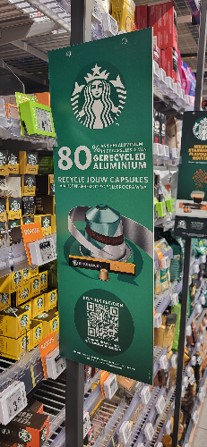
By taking this extra space, brands use in-store marketing to display their initiatives to address shopper segments with specific lifestyle choices. For example, Starbucks is highlighting its recycling program and the fact that its coffee capsules are made from 80% recycled aluminum.
Starbucks has acknowledged that an increasing number of shoppers are concerned with sustainability and has utilized promotional banners to appeal to these shoppers while inviting them to find out more via QR code.
QR codes create a seamless omnichannel connection, bridging gaps
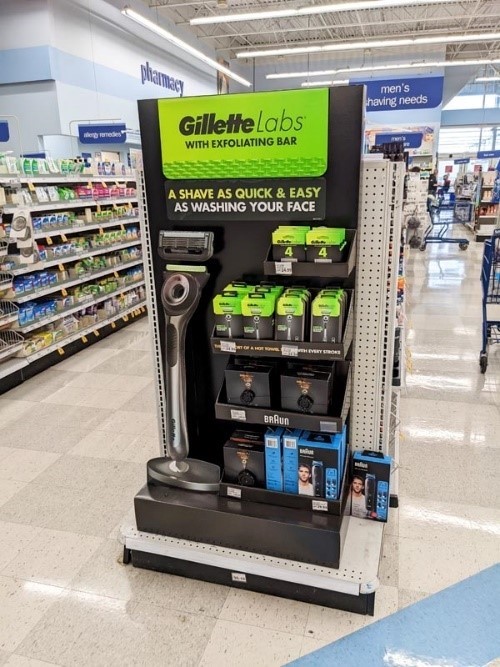
In-store marketing for GilletteLabs products in a Meijer store, U.S.
Digital has been influencing in-store with the arrival of QR codes, such as on physical products or marketing panels.
“QR codes can help bridge the gap between offline and online.”1
Meg Button
Shopify expert
This eye-catching board in an Asda store is an excellent example of how brands can benefit from in-store marketing when the online shopping experience influences it. Similarly, Meijer in the U.S. features the GilletteLabs razor.
Gillette has put together products from their GilletteLabs product line on this board, with rich media-like elements to show shoppers how these products differ from other traditional razors. They have also added a QR code at the bottom of the board, which offers a deeper and more informative shopping journey.
QR codes present the perfect opportunity to improve brands omnichannel strategy by directing shoppers to a strategic landing page, such as a product page containing rich media elements. Doing so encourages potential shoppers to take a very specific action that moves them deeper into the shopping journey.
GilletteLabs has recently run two large advertising campaigns in the U.S. and U.K. featuring sports stars NFL quarterback Josh Allen and Premier League soccer player Raheem Sterling. These adverts have played for months before and during sporting events, targeted at engaging the male audience for their product. The ads feature strong branding colors of black and bright green, mirrored in the in-store shelf display, allowing shoppers to recognize and identify Gillette products easily.
Creating a dedicated shelf display like the ones above in Asda and Meijer aids the omnichannel experience, which could have begun at discovery with television ads by reminding shoppers of things they have seen advertised and making them easily identifiable and purchasable in-store.
Another reason for brands to ensure their in-store marketing strategy makes them stand out is seasonal events. Today there is an endless list of retail events, ranging from the more traditional and seasonal — like Easter, Valentine’s Day, Halloween, or the summer — to more manufactured newcomers, like Black Friday. Some of these events are public holidays, increasing leisure time and boosting sales, while others rely solely on promotional or themed activities. There is competition between brands during these events, and some brands are using more and more space in stores to add more engaging content, making sure they are noticed.
This example from Cadbury for the FIFA Women’s World Cup is a perfect example of how brands are now choosing to be displayed during seasonal events. It also displays a QR code for shoppers to dive deeper into the shopping journey.
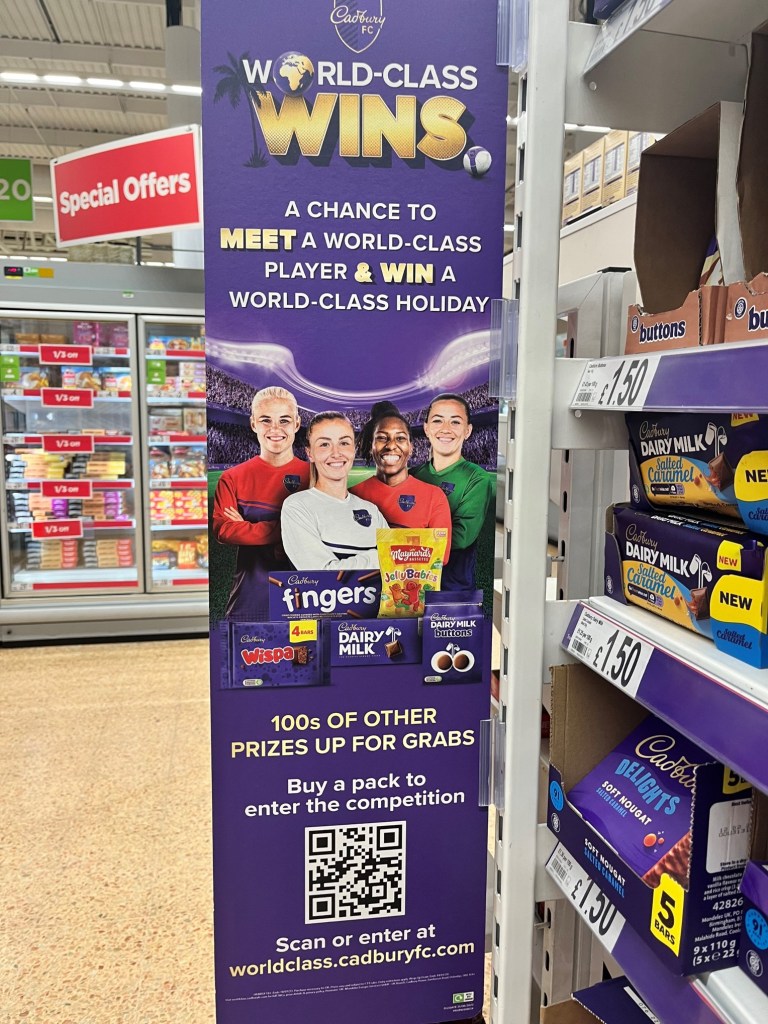
Cadbury’s in-store marketing for the FIFA Women’s World Cup in an Asda store, U.K.
Collaboration creates an example of an engaging omnichannel shopping experience
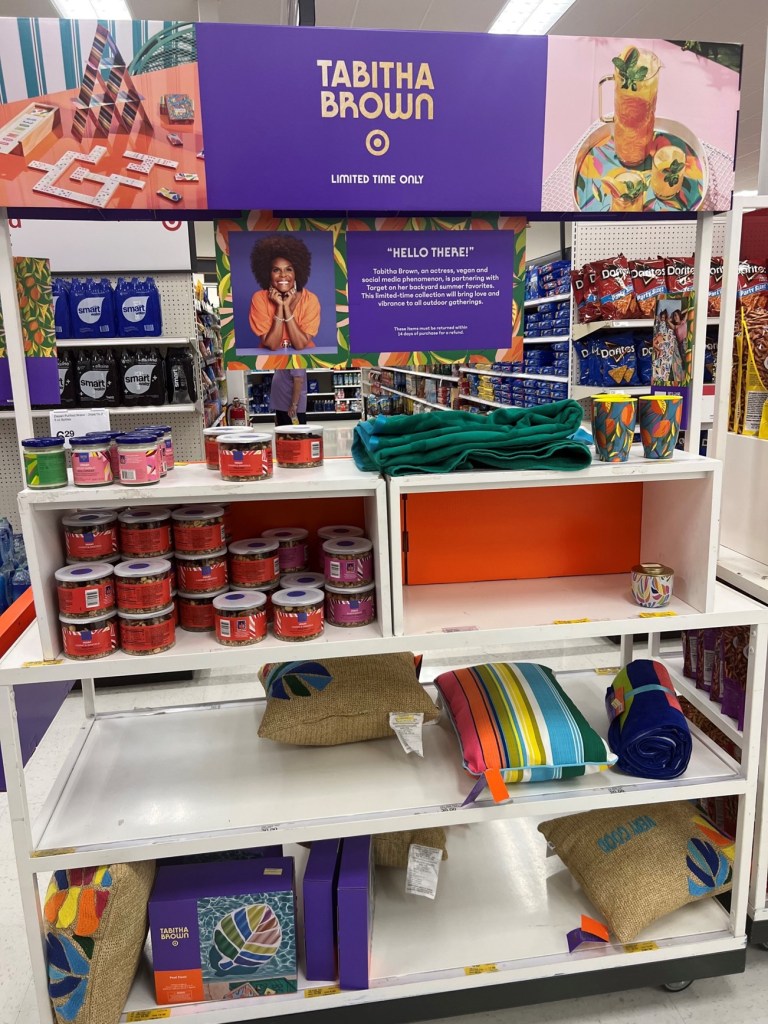
In-store display of the Tabitha Brown collection at a Target store, U.S.
American retailer, Target, leads the way in in-store shopping experiences and has mastered the art of providing unique and engaging omnichannel shopping experiences. 8 in 10 U.S. shoppers are reported to shop with Target2, meaning there is a lot of foot traffic in-store and digital traffic online to keep shoppers engaged and satisfied with their shopping experience.
Target’s latest innovative example of this is its collaboration with Tabitha Brown, a vegan actress, social media influencer, and presenter. Tabitha is well-known on TikTok for sharing vegan recipes and healthy food content with her 5 million followers. Target has collaborated with Tabitha on several product ranges across the Target offering, including limited edition vegan food items and, most recently, a range of summer-themed homeware.
This collaboration has been featured across Target’s social media as well as on Tabitha’s pages, meaning shoppers are discovering the range across multiple channels. To meet those shopper expectations, Target has created dedicated in-store display units that feature Tabitha’s branding and products.
Retailers and brands have an opportunity to create seamless omnichannel experiences
The online shopping experience has blurred the boundaries between digital and physical shopping.
Consumers now expect a seamless transition between online and in-store experiences.
Brands can use rich media to adapt and leverage the strengths of both worlds, including:
- Considering their product pages as points of research for the in-store shopper, ensuring that digital product content is consistent with the in-store experience.
- Increased in-store branding on shelves, such as with recipe modules, enhancing the shopper experience, and encouraging omnichannel connection after the visit.
- Seasonal events are intensely competitive, allowing for online and offline omnichannel connections with integrated branding across all channels.
- QR codes create convenient connections between the in-store shopper and the online channel, seamlessly integrating the digital and physical channels.
- Consistent marketing messages between online and in-store channels enhances customer satisfaction, increase shopper loyalty, and drive sales.
- The future of retail lies in successfully bridging the gap between the digital and physical channels — this is omnichannel shopping.
The online shopping experience has undoubtedly influenced in-store shopping, transforming how shoppers engage. Brands and retailers are adapting and leveraging the strengths of both worlds by embracing experiential elements to create a harmonious blend of online and in-store shopping experiences, catering to today’s shoppers’ evolving needs and expectations.

Learn more about how NIQ’s Brandbank Connect+ solution can help your brand or retail business at any point of the shoppers’ journey by providing shoppers with seamless omnichannel experiences.
Sources
- Kaleigh Moore, “The Ultimate Guide to QR Codes for Retail Businesses,” Shopify, November 3, 2021, www.shopify.com/retail/qr-codes-retail
- Dominick Reuter, “Meet the typical Target shopper, a millennial suburban mom with a household income of $80,000,” Insider, February 4, 2023, https://www.businessinsider.com/typical-target-shopper-demographic-white-millennial-woman-earning-middle-income-2021-7
